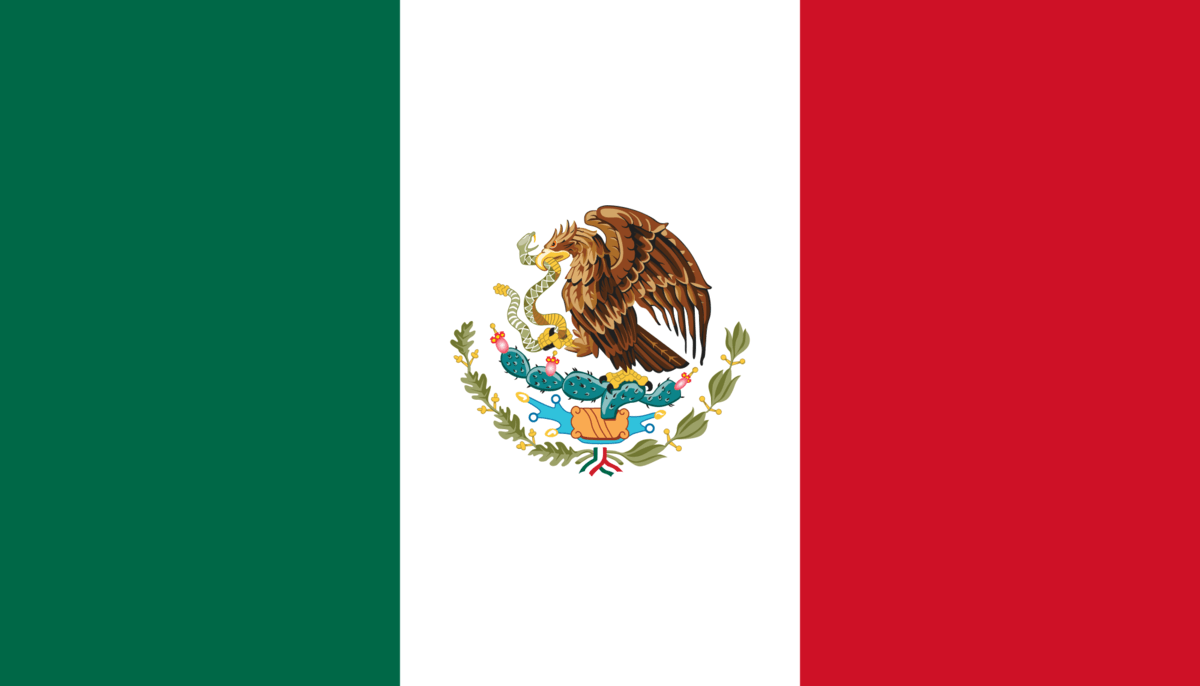What do sunflowers, scarecrows, and blackboards have in common? Simple: each word constitutes a noun resulting from the junction of two morphemes (words with different semantic meanings).
| Semantic Structure | Noun + Noun | Verb + Noun | Adjective + Noun |
| Compound Noun | Sun + flower | Scare + crow | Black + board |
Today, we’ll learn about frequently used compound nouns in Spanish. When translating, be aware that an English compound will not always lead to another compound in Spanish, and vice versa. The semantic structure may also change from one language to the other.
| Sunflower | Scarecrow | Blackboard | |
| Spanish Meaning | Girasol | Espantapájaros | Pizarra |
| Semantic Structure | Verb + Noun(gira + sol) | Verb + Noun(espanta + pájaros) | Not a compound |
| Translation | (turn + sun) | (scare + birds) |
Noun + Noun
Tip: Click on any of the linked sentences in this article (while on a mobile) to add them directly to your Fluent Forever app, so you can study them later. Don’t have our app yet? Download it here!
- Una vez dentro del aeropuerto recibí el boleto correspondiente al asiento detrás del baño ubicado en el ala derecha del avión. (Once inside the airport, I received the ticket corresponding to the seat behind the restroom located on the right wing of the airplane.)
- Fui derecho al aeropuerto para tomar un vuelo hacia Milán. Estando adentro del avión perdí mi boleto y me devolvieron para atrás. (I went straight to the airport to catch a flight to Milan. When I was inside the airplane, I lost my ticket and they sent me back.)
Note: Aeropuerto (airport) combines the nouns aero (prefix that comes from “air”) and puerto (port). In the English translations, we can identify another compound noun (airplane = air + plane) that lacks a compound counterpart in Spanish (avión).
- El guardiacivil me detuvo dentro del aeropuerto porque mi boleto no era válido. (The civil guard stopped me inside the airport because my ticket was not valid.)
Note: This example reflects the other way around, as guardiacivil does not keep a compound structure in English (civil guard).
Verb + Noun
- Dentro del avión me senté derecho para ver el rascacielos entre las nubes a través de la ventana. (Inside the airplane, I sat up straight in order to see the skyscraper in the clouds through the window.)

Image by StockSnap from Pixabay
Note: Rascacielos (skyscraper) is a verb + noun structure combining rasca (scrape) and cielos (skies). However, its semantic meaning in English changes to a noun + noun structure: “sky” (cielo) + “scraper” (rascador).
Adjective + Noun
- Se les agradece a los pasajeros detrás de la fila tener su boleto en la mano antes de abordar al avión cerca del mediodía. (Passengers at the back of the line are requested to have their ticket in hand before boarding the airplane around midday.)
Note: Mediodía (midday) is formed by the adjective + noun structure medio (mid) and día (day). Another valid English translation of mediodía is “noon,” which lacks a compound structure.
That’s all for today; now let’s get compounding!
Written by Nicole Oliveira





